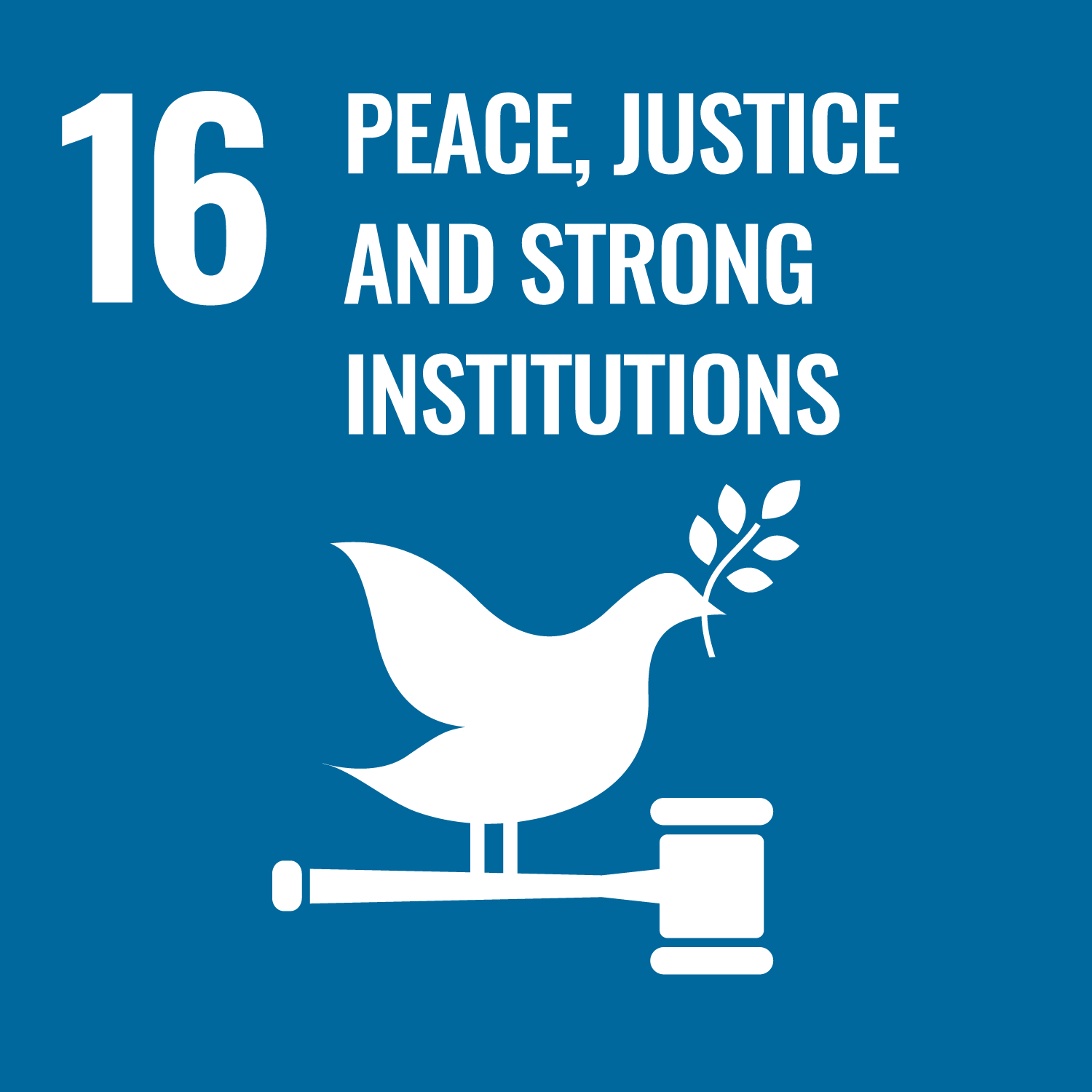ORCID
- Oliver W.J. Beer: 0000-0001-8581-3673
Abstract
Importance: Public assistance policies may play a role in preventing child maltreatment by improving household resources among families of low incomes. The Supplemental Nutrition Assistance Program (SNAP) is one of the largest public assistance programs in the US. However, the association of state SNAP policy options to Child Protective Services (CPS) outcomes has not been rigorously examined. Objective: To model the association of state SNAP policies with changes in CPS and foster care outcomes in the US over time. Design, Setting, and Participants: This cohort study used panel data to examine the association between SNAP policy options and study outcomes from 2004 to 2016 for 50 US states and the District of Columbia in 2-way fixed-effects regression models. The count of SNAP policies was used as an instrument for SNAP caseloads in instrumental variables models. Data analysis was conducted in November 2021. Exposures: The adoption of 1 or more state SNAP income generosity policies that improves or stabilizes household resources for SNAP participants. Main Outcomes and Measures: Reports of child maltreatment accepted for CPS investigation, children in substantiated reports, and children receiving foster care services for all forms of maltreatment, and specifically for child neglect per 100 000 child population. Results: The mean (SD) number of SNAP income generosity policies increased from 1.47 (0.95) in 2004 to 2.37 (0.94) in 2010, to 2.49 (0.86) in 2016 across states; the median increased from 1 to 3 (range, 0-4) over the same period. A count of state income generosity policies was associated with large reductions in reports accepted for CPS investigation (–352.6 per 100 000 children; 95% CI, –557.1 to –148.2). Income generosity policy was associated with –94.8 (95% CI, –155.6 to –34.0) fewer substantiated reports and –77.0 (95% CI, –125.4 to –28.6) fewer reports substantiated for neglect per 100 000. Each additional income generosity policy adopted by a state was associated with –45.1 (95% CI, –71.6 to –18.5) to –42.3 (95% CI, –64.8 to –19.8) fewer total foster care placements per 100 000 children. Conclusions and Relevance: State SNAP policies that improve and stabilize household resources appear to be associated with reductions in CPS involvement and use of foster care. The number of policies implemented had cumulative outcomes beyond individual policy outcomes.
DOI Link
Publication Date
2022-07-13
Publication Title
JAMA network open
Volume
5
Issue
7
Acceptance Date
2022-04-27
Deposit Date
2023-01-09
Embargo Period
2023-09-30
Recommended Citation
Johnson-Motoyama, M., Ginther, D., Oslund, P., Jorgenson, L., Chung, Y., Phillips, R., Beer, O., Davis, S., & Sattler, P. (2022) 'Association Between State Supplemental Nutrition Assistance Program Policies, Child Protective Services Involvement, and Foster Care in the US, 2004-2016', JAMA network open, 5(7). Available at: 10.1001/jamanetworkopen.2022.21509




